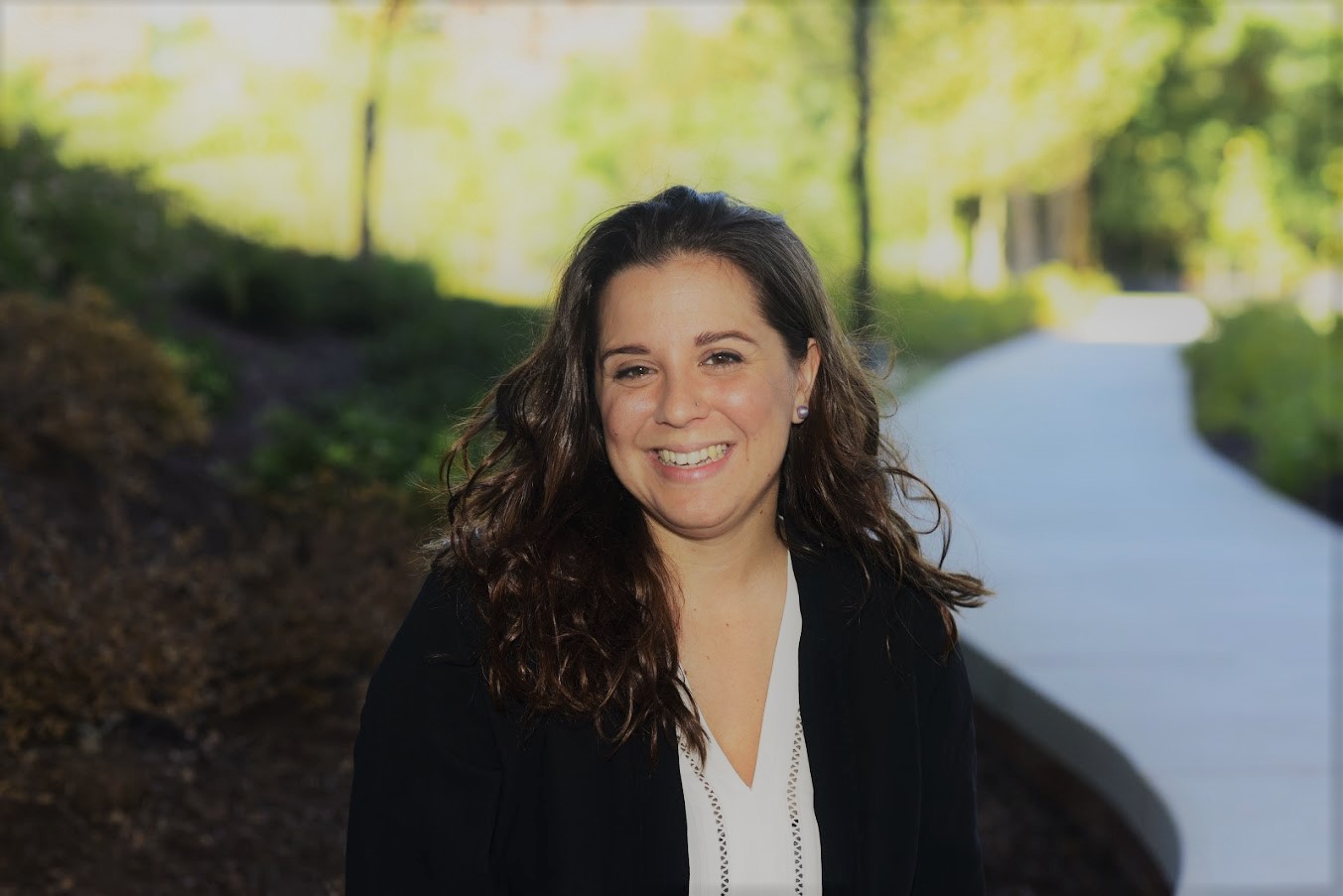|
 The UMD civil and environmental engineering department congratulates the winners of the 2022 Best Doctoral and Master’s Research Awards. Erica Forgione received the Best Doctoral Research Award for her dissertation, Nutrient Movement in a Vegetative Compost Blanket Amending a Vegetative Filter Strip on a Highway Slope. Her thesis advisors were Professors Ahmet Aydilek and Allen Davis. The UMD civil and environmental engineering department congratulates the winners of the 2022 Best Doctoral and Master’s Research Awards. Erica Forgione received the Best Doctoral Research Award for her dissertation, Nutrient Movement in a Vegetative Compost Blanket Amending a Vegetative Filter Strip on a Highway Slope. Her thesis advisors were Professors Ahmet Aydilek and Allen Davis.
 Amanda O’Shaughnessy, also advised by Professors Aydilek and Davis, received the Best Master’s Research Award for her thesis, When Roads Want to be Dams: Looking to Dam Safety to Regulate Transportation. Amanda O’Shaughnessy, also advised by Professors Aydilek and Davis, received the Best Master’s Research Award for her thesis, When Roads Want to be Dams: Looking to Dam Safety to Regulate Transportation.
In addition to their academic achievements, both Forgione and O’Shaughnessy have been active in campus life, with Forgione serving as graduate student representative on the CEE Diversity, Equity, and Inclusion Committee, and O’Shaughnessy as a Project Lead for Engineers Without Borders.
O'Shaughnessy is also winner of the Graduate School Three-Minute Thesis competition.
Erica Forgione
Nutrient Movement in a Vegetated Compost Blanket Amending a
Vegetated Filter Strip on a Highway Slope
About her dissertation, Erica Forgione writes: "In search of a sustainable way to reduce the large quantity and associated pollution of stormwater runoff from US highways, placing a blanket of compost on highway medians was proposed. Called a Vegetated Compost Blanket (VCB), the hope was that compost would soak up the highway stormwater runoff and clean it as it passed through.
"However, while the VCB was good at reducing the volume of water and removing pollutants like particles and heavy metals, we found that it leached a large amount of nutrients as well. Nutrients nitrogen and phosphorus are necessary elements for life, however, when there is an excessive amount in water bodies this causes algae populations to explode, creating harmful algal blooms. To better understand how these nutrients are released, how much is released, and to explore if this excess leaching might be avoided, a laboratory, a greenhouse, and a field study were completed. Using the data from these studies, a computer model of the VCB system was created and tested using an open source software called OpenHydroQual, which can model both the hydrology (how water flows) and the water quality (nutrients); this will help predict nutrient release from VCBs."
Amanda O’Shaughnessy
When Roads Want to Be Dams: Looking to Dam Safety to Regulate Transportation
Writes O'Shaughnessy: "Roadways on top of embankments usually cross small streams, and we use culverts to allow the water to move through the embankment from upstream to downstream without damaging the road. The culverts are generally designed to pass all of the water under normal circumstances, but on some occasions large storms can overwhelm the culvert capacity and water may become impounded behind the embankment. This temporarily impounded water could put the embankment at risk for dam-type failures, which could be hazardous to vehicles on the roadway or property downstream. My research aims to understand how this issue is being managed by state agencies in the Mid-Atlantic, explore the behavior of transportation embankments under water impoundment conditions, and determine if there are elements of dam safety that can be applied to transportation embankments to mitigate hazards."
July 6, 2022
|

